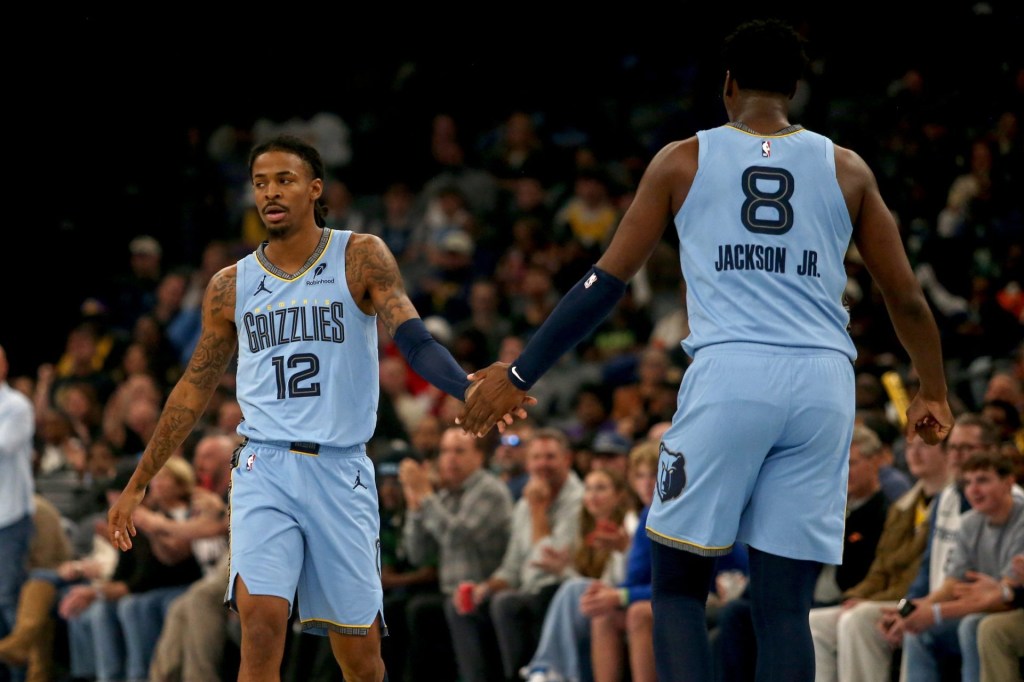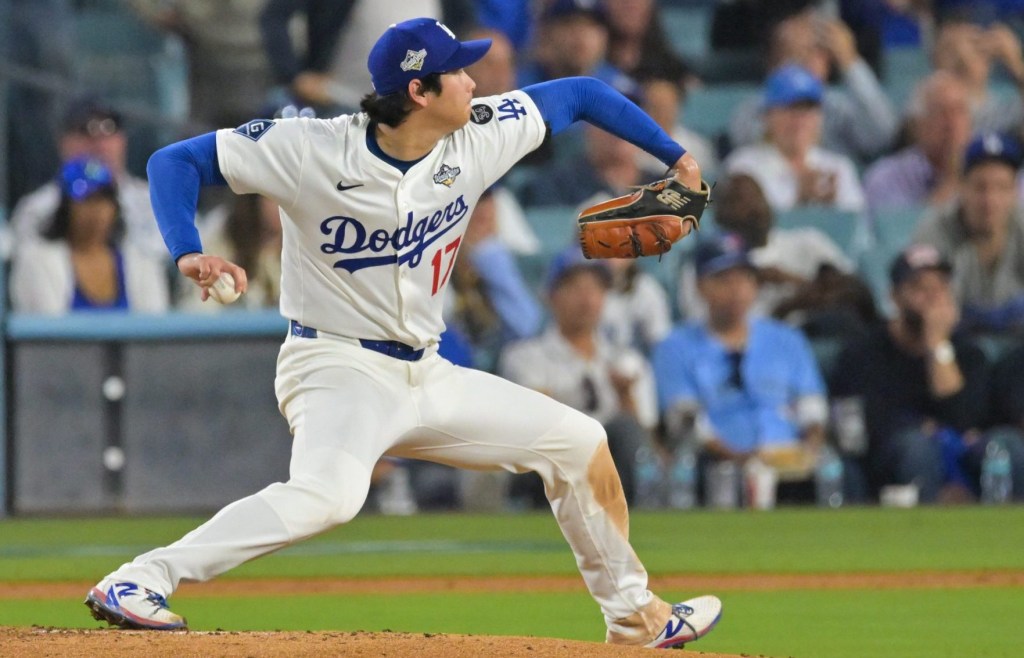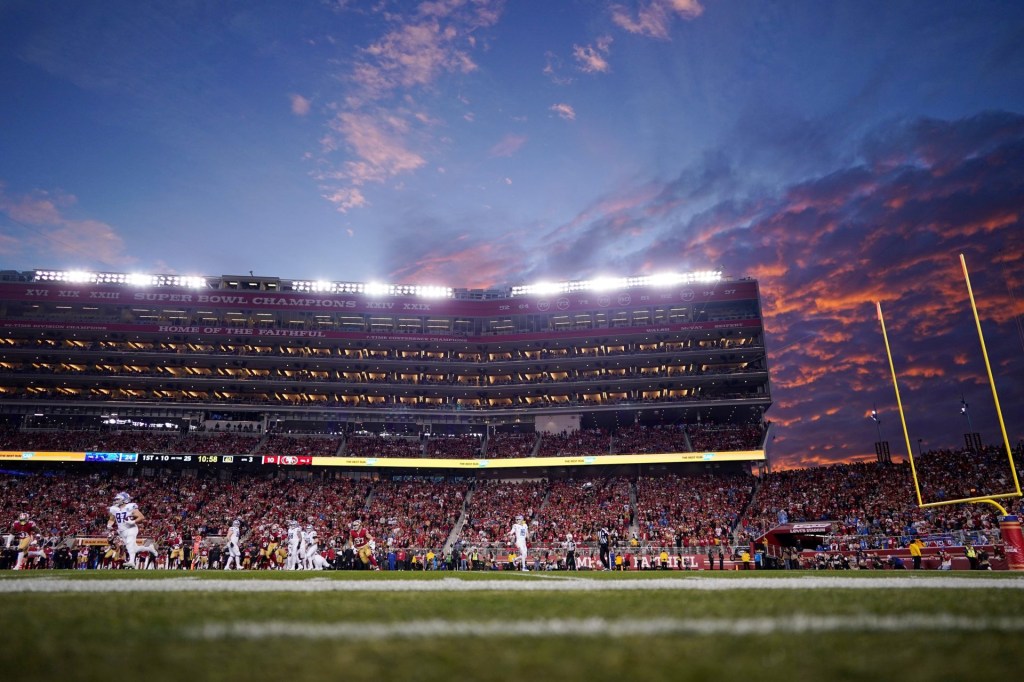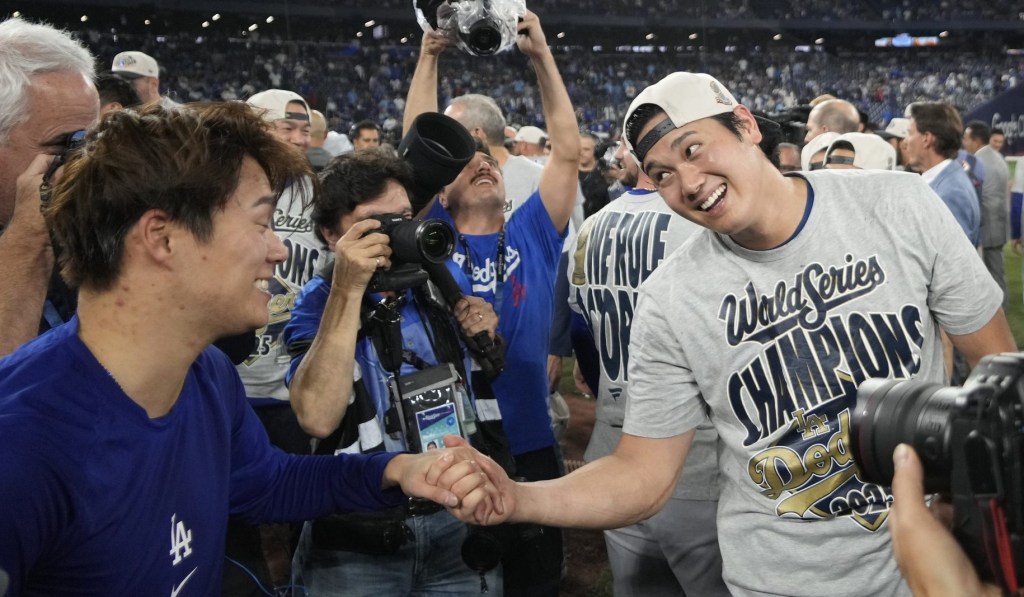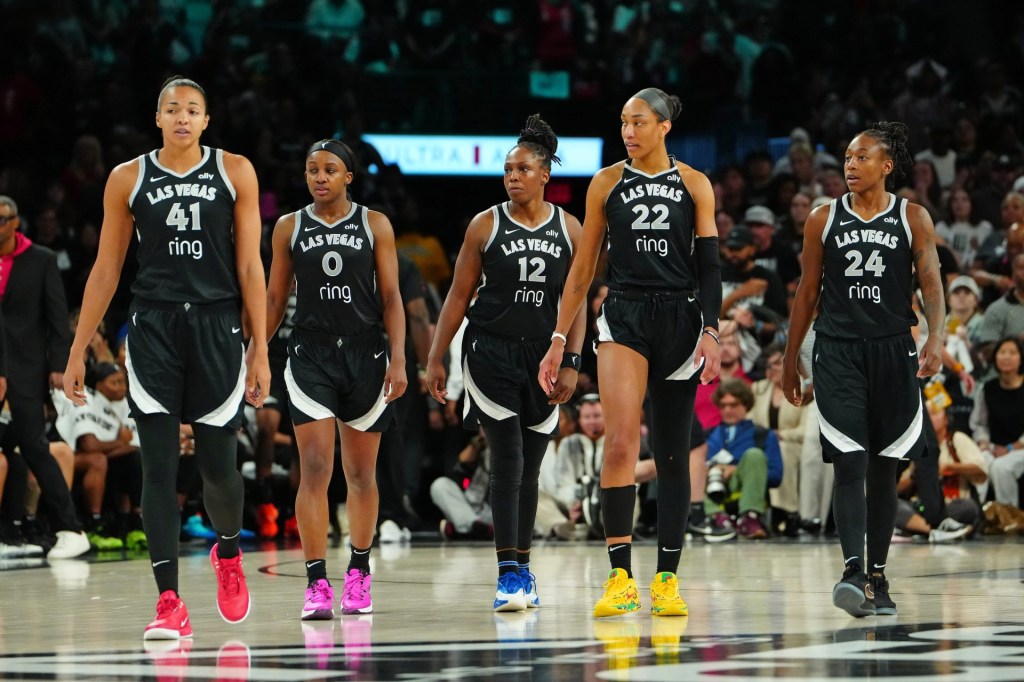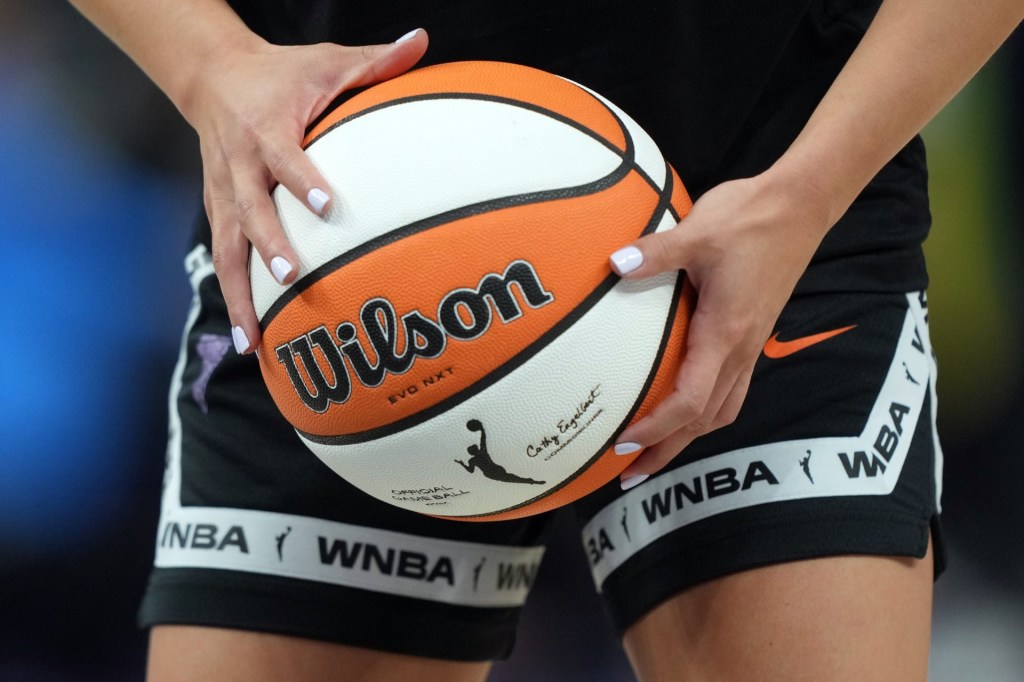The WNBA is having one of its best seasons ever, with viewership at an all-time high and attendance at a 26-year peak. Compared to last May, merch sales went up 756%, and League Pass subscriptions increased 335%, according to the league.
And yet, the WNBA and its 12 teams are expected to lose a total of roughly $50 million this year, according to The Washington Post. The league is booming, but one great season isn’t going to fix its balance sheet.
One reason is the WNBA’s unique relationship with the NBA, which has both been a lifeline and a financial restriction.
The WNBA’s revenue hasn’t historically covered its losses. Back in 2018, NBA commissioner Adam Silver said the NBA loses an average of more than $10 million a year on the WNBA. And this year and next, the WNBA is digging an extra $25 million–sized hole to add charter flights, something the players have long said is a necessity for both health and safety.
The NBA’s massive coffers and influence have helped the WNBA stay afloat and grow through the years, including now, as the pair go up for a new media-rights agreement. It’s beneficial for the WNBA to stick with the NBA for these negotiations, commissioner Cathy Engelbert told the Post. “If we’re only there for 4½ months … how attractive is that? But we and the NBA are maybe the only sports properties that can give 330 days of live programming—almost the entire year. That’s hugely valuable to a subscription platform,” she said. The two leagues also share marketing efforts and several team owners. (The Post’s deep dive into how the WNBA works found that “Engelbert reports to Silver” ultimately.)
But while the WNBA is sustained by the NBA, it’s also in some ways drained by it. The NBA receives about 40% of WNBA revenue, and outside investors—the WNBA raised $75 million from Nike, NBA owners, the NBA itself, and others in 2022—get roughly 20%, leaving the teams and players of the WNBA with about 40% of its own revenue, the Post reported. And unlike the NBA, in which players evenly split revenue with team owners after the league office takes its portion, players in the WNBA see less than 10% of total revenue.
That single-digit portion can go up if certain revenue thresholds are met, but so far they have not been; last season’s projected revenue sat between $180 million and $200 million, according to Bloomberg, after it was $102 million in 2019. A potential CBA renegotiation could address this portion problem head-on, but only to a certain extent. Even if the players doubled their share of the revenue and split the teams’ cut of the money, they’d still be making only 20% of total league revenue—far less than the roughly half that players in the NBA and NFL are allotted in their collective bargaining agreements.
Also clouded between the two leagues is who makes big financial decisions, such as selecting expansion teams and implementing charter flights, according to the Post. The announcement itself—while welcomed—caught many off guard. It’s unclear who made the decision, from where the funds appeared, and why, if financially feasible, this didn’t happen sooner.
The league is growing, no doubt. And a new media-rights deal coupled with all this interest will certainly help WNBA revenue in the future. (According to the Post, that media revenue alone could increase from $60 million annually to $180 million to $200 million, if not higher.)
How much of that growth reaches players so that the next Caitlin Clark isn’t earning the same salary as an entry-level accountant remains to be determined.
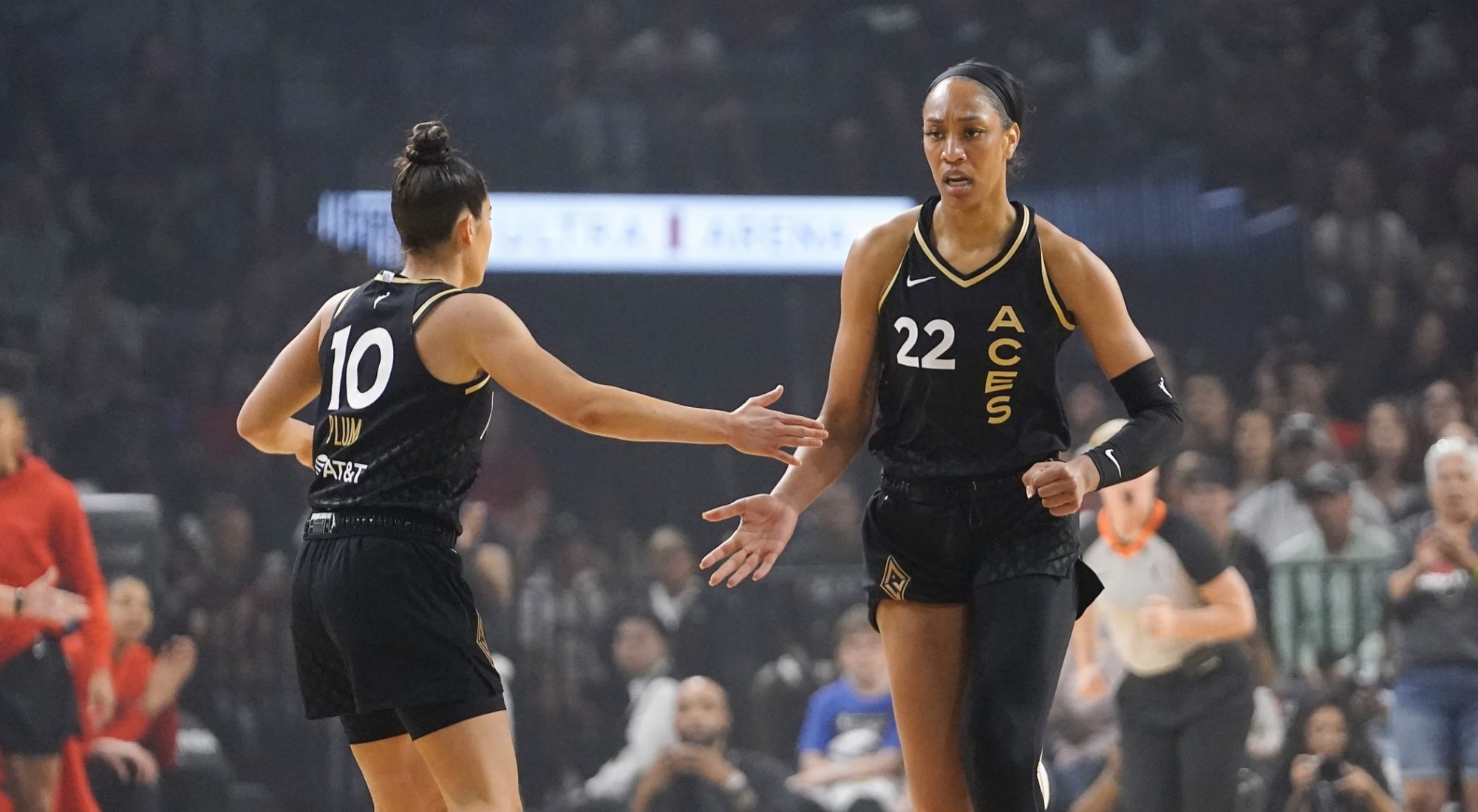
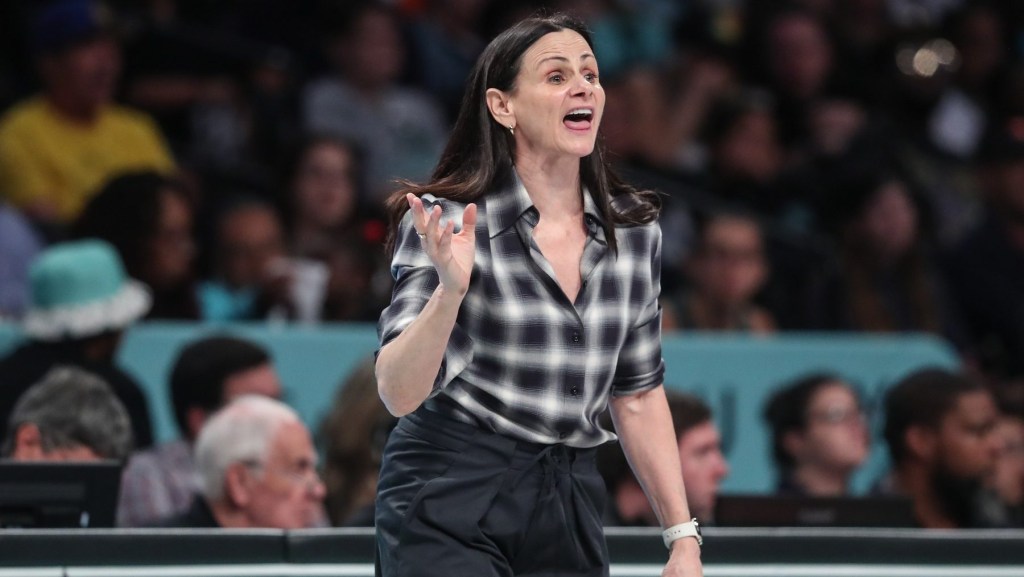
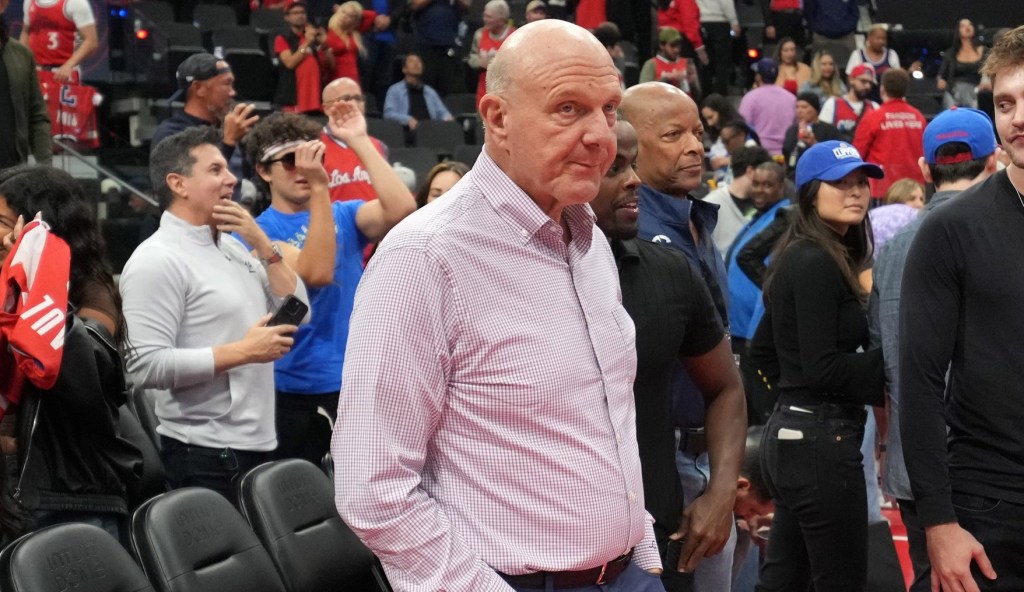
![[US, Mexico & Canada customers only] Sep 26, 2025; Bethpage, New York, USA; Former basketball player Michael Jordan watches during the four-balls on the first day of competition for the Ryder Cup at Bethpage Black.](https://frontofficesports.com/wp-content/uploads/2025/11/USATSI_27174110_168416386_lowres-scaled.jpg?quality=100&w=1024)
